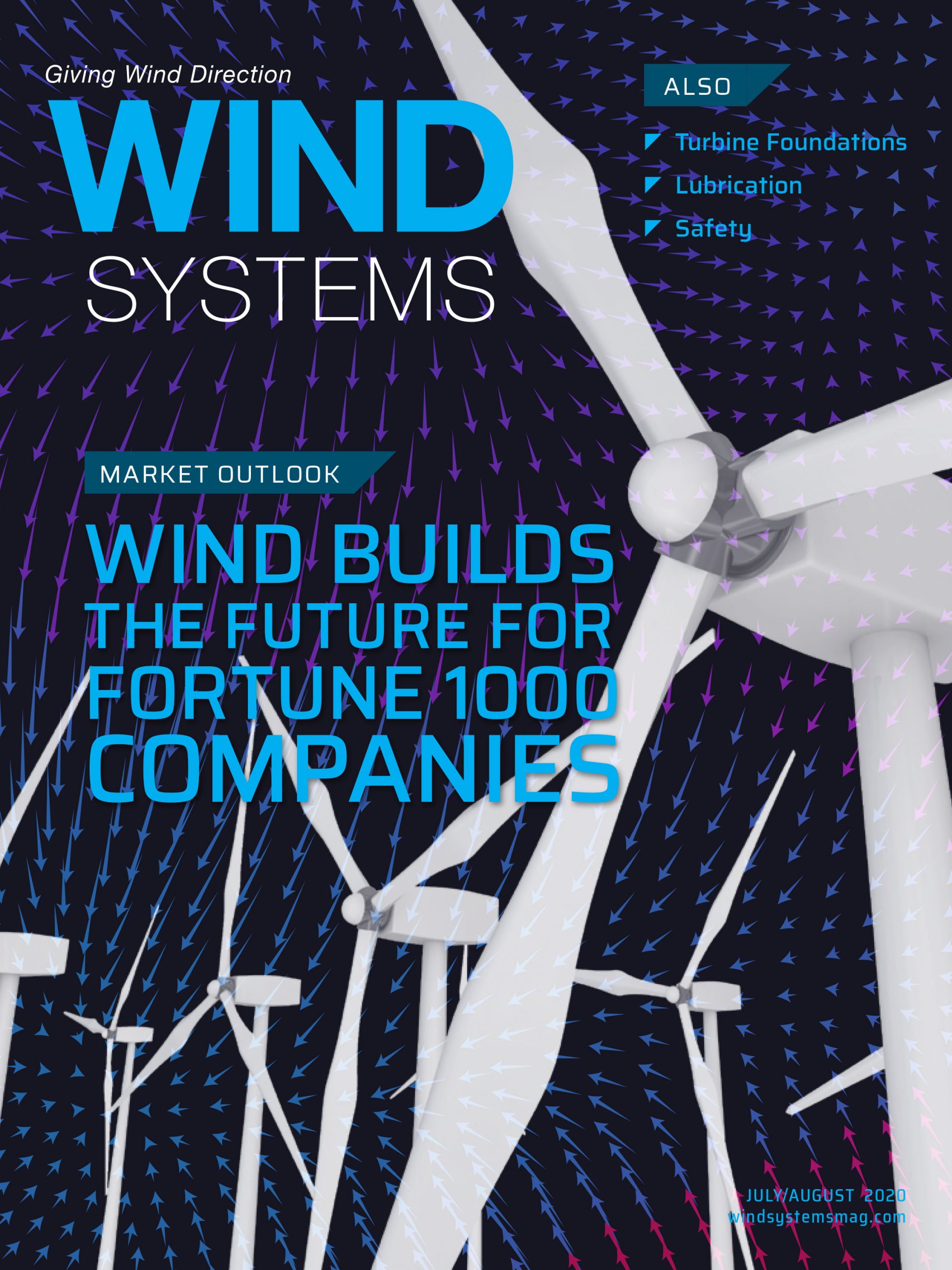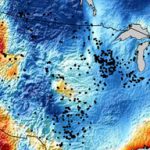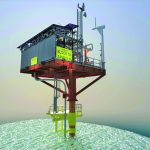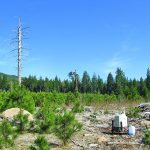Researchers at the U.S. Department of Energy’s (DOE’s) National Renewable Energy Laboratory (NREL) have developed a novel machine learning approach to quickly enhance the resolution of wind velocity data by 50 times and solar irradiance data by 25 times — an enhancement that has never been achieved before with climate data.
The researchers took an alternative approach by using adversarial training, in which the model produces physically realistic details by observing entire fields at a time, providing high-resolution climate data at a much faster rate. This approach will enable scientists to complete renewable energy studies in future climate scenarios faster and with more accuracy.
“To be able to enhance the spatial and temporal resolution of climate forecasts hugely impacts not only energy planning, but agriculture, transportation, and so much more,” said Ryan King, a senior computational scientist at NREL who specializes in physics-informed deep learning.
King and NREL colleagues Karen Stengel, Andrew Glaws, and Dylan Hettinger authored a new article detailing their approach, titled “Adversarial super-resolution of climatological wind and solar data,” which appears in the journal Proceedings of the National Academy of Sciences of the United States of America.
Accurate, high-resolution climate forecasts are important for predicting variations in wind, clouds, rain, and sea currents that fuel renewable energies. Short-term forecasts drive operational decision-making, medium-term weather forecasts guide scheduling and resource allocations, and long-term climate forecasts inform infrastructure planning and policymaking.
More info www.nrel.gov







































